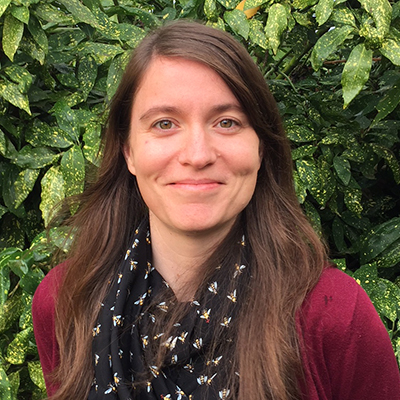
Green Zoning Combats Climate Change
As Oregon wrestles with the best ways to increase housing stock and manage population growth, it’s crucial that state and local governments make choices that protect the state’s precious outdoor spaces and reduce carbon emissions. That's why we support House Bill 2001.
As Oregon wrestles with the best ways to increase housing stock and manage population growth, it’s crucial that state and local governments make choices that protect the state’s precious outdoor spaces and reduce carbon emissions. Promoting compact urban development helps reduce home energy use, sprawl, and transportation-related greenhouse gas emissions, and a key component of compact urban development is “middle-housing” options like duplexes and cottage clusters. That’s why we support House Bill 2001, which would change single-family zoning rules and promote greener, more dense housing options in Oregon cities.
Green Zoning
As the impacts of climate change become ever more apparent, cities and states are looking to reduce greenhouse gas emissions as quickly and in as many ways as possible to limit the damage. Fighting sprawl and encouraging density by promoting the “middle housing” options between detached single-family homes and apartment buildings is a key tool for making the state’s zoning greener while also providing much-needed housing stock.
The environmental benefits of compact, high-density development with more housing units per unit of area are widespread[1]:
- Less energy required in the building process
- Decreased transportation emissions by reducing driving and encouraging low-carbon transportation options
- Reduced sprawl, allows cities to add housing stock without expanding into surrounding natural areas
- Protects water and air by reducing paved area, land conversion, and miles driven in urban areas
Promoting compact, high-density development requires a variety of policy solutions, but one hurdle to clear is the current dominance of single-family zoning, which requires many parcels to contain only one single-family unit, preventing compact development by discouraging “missing middle” housing options (shown below)[2].

House Bill 2001 requires cities and counties of a certain size across the state to allow for at least one of these middle housing types in areas currently zoned exclusively for single-family housing. Increasing the amount of middle housing available will allow the state to add housing stock without extending urban growth boundaries into surrounding farmland and natural areas, and situating new housing closer to urban cores (as opposed to the periphery) helps increase access to transit and reduce vehicle miles driven[3].
For these reasons, Environment Oregon supports House Bill 2001.
[1]Eshel, Katherine, et al. Growing Greener. Environment Texas, 2017, Growing Greener, environmenttexas.org/sites/environment/files/reports/Growing%20Greener.pdf.
[2] Parolek, Daniel. Missing Middle Housing. 2015, missingmiddlehousing.com/dev/wp-content/uploads/2015/04/
Missing-Middle-Housing-Responding-to-the-Demand-for-Walkable-Urban-Living-by-Daniel-Parolek.pdf.
[3]Ewing, Reid H. Growing Cooler: Evidence on Urban Development and Climate Change. Urban Land Institute, 2008.
Topics
Authors
Celeste Meiffren-Swango
State Director, Environment Oregon
As director of Environment Oregon, Celeste develops and runs campaigns to win real results for Oregon's environment. She has worked on issues ranging from preventing plastic pollution, stopping global warming, defending clean water, and protecting our beautiful places. Celeste's organizing has helped to reduce kids' exposure to lead in drinking water at childcare facilities in Oregon, encourage transportation electrification, ban single-use plastic grocery bags, defend our bedrock environmental laws and more. She is also the author of the children's book, Myrtle the Turtle, empowering kids to prevent plastic pollution. Celeste lives in Portland, Ore., with her husband and two daughters, where they frequently enjoy the bounty of Oregon's natural beauty.
Find Out More

The Oregon legislature delivered big for the environment in 2023

We’re halfway there: Oregon legislative update

In their own words: Local leaders urge Congress to act on climate


